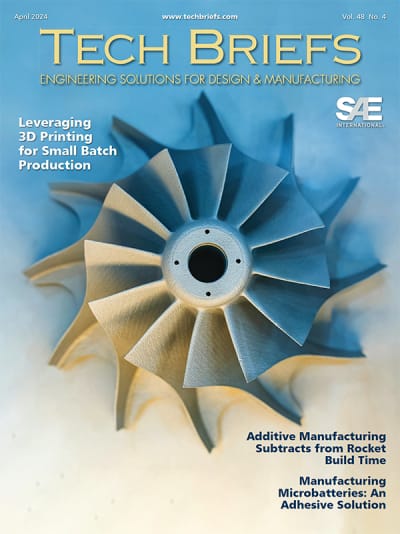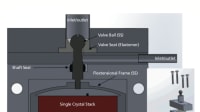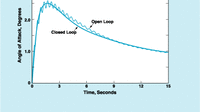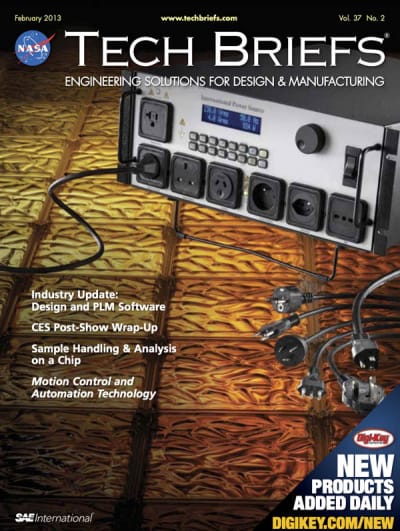The 3D Automated Thermal Tool for Damaged Acreage Tile Math Model builder was developed to perform quickly and accurately 3D thermal analyses on damaged lower surface acreage tiles and structures beneath the damaged locations on a Space Shuttle Orbiter. The 3D model builder created both TRASYS geometric math models (GMMs) and SINDA thermal math models (TMMs) to simulate an idealized damaged cavity in the damaged tile(s). The GMMs are processed in TRASYS to generate radiation conductors between the surfaces in the cavity. The radiation conductors are inserted into the TMMs, which are processed in SINDA to generate temperature histories for all of the nodes on each layer of the TMM.
The invention allows a thermal analyst to create quickly and accurately a 3D model of a damaged lower surface tile on the orbiter. The 3D model builder can generate a GMM and the correspond ing TMM in one or two minutes, with the damaged cavity included in the tile material. A separate program creates a configuration file, which would take a couple of minutes to edit. This configuration file is read by the model builder program to determine the location of the damage, the correct tile type, tile thickness, structure thickness, and SIP thickness of the damage, so that the model builder program can build an accurate model at the specified location. Once the models are built, they are processed by the TRASYS and SINDA.
Before the existence of this automated process, a thermal analyst would manually build a 2D or 3D damaged tile model or modify an existing model by hand. However, existing models that are available only cover a portion of the lower surface of the orbiter, and the 2D models cannot be used to calculate realistic thermal gradients in the structure layer. If an existing model for the damaged location is available, the thermal analyst would make manual edits to the model, removing or modifying the nodes in the model to simulate the damaged cavity. The model may require additional modifications if the simulated location was built with the incorrect tile thickness, tile type, or structure thickness. In addition, if the cavity in the model required heating augmentation factors, the factors would have to be manually added to the model. These manual processes can be very time consuming and prone to editing errors.
The automation of the damaged cavity model, GMM, and TMM allows the thermal analyst to build thousands of models with varying cavity dimensions at various locations on the bottom of the orbiter. The results from all the model runs were merged into a set of damage tolerance maps that allows trained personnel to quickly screen a damaged cavity found in the on-orbit photos to see if the damage site required additional analysis. Although the system is specific to the Space Shuttle Orbiter in its current configuration, it is able to be re-programmed to support any commercial space vehicle that uses tiles as part of its external surface.
This work was done by Shannon Belknap and Michael Zhang of The Boeing Company for Johnson Space Center. For further information, contact the JSC Innovation Partnerships Office at (281) 483- 3809. MSC-25177-1






















